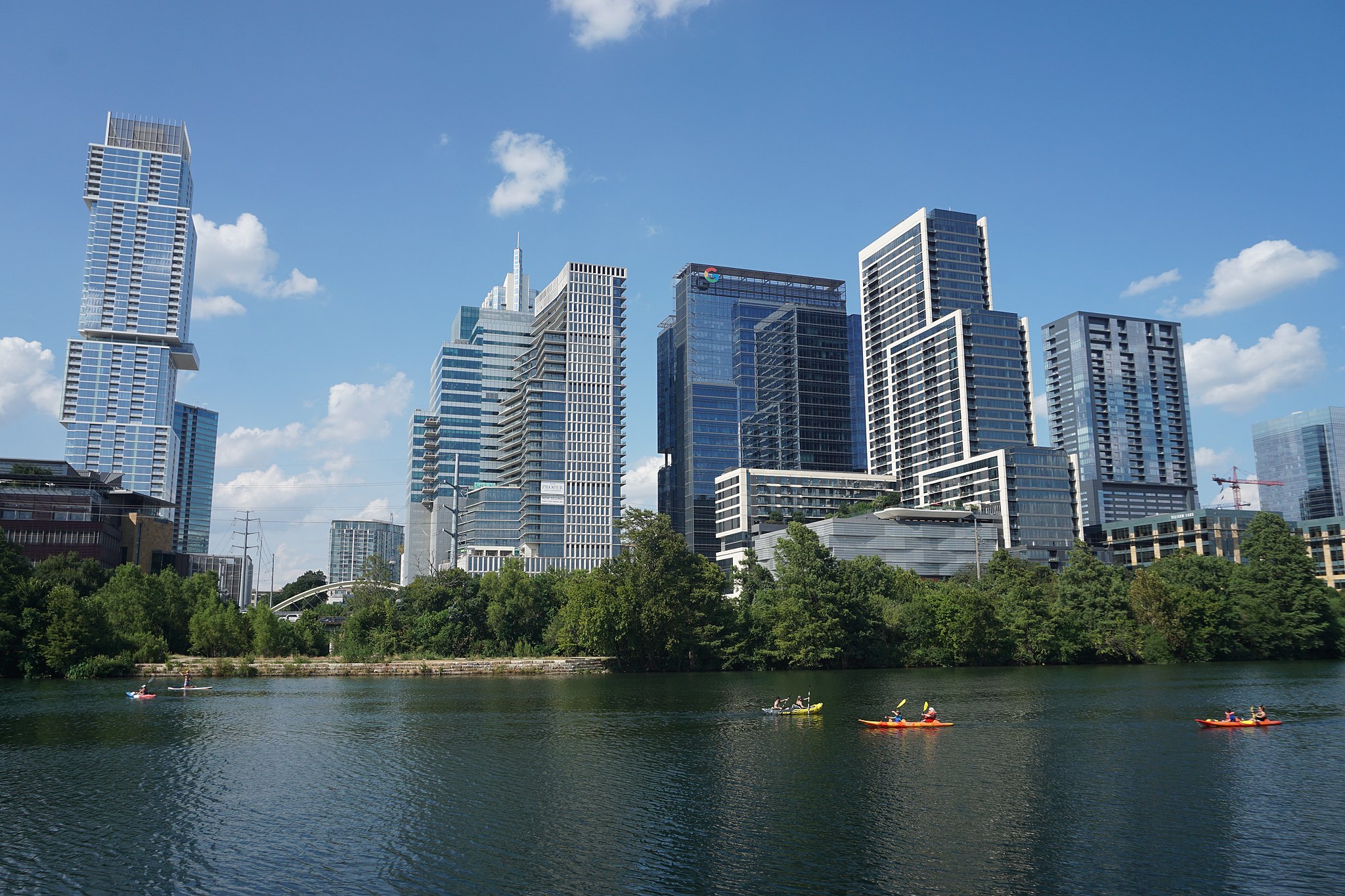It’s hard to overstate the importance of the census, especially on a local level. The data collected from the census is used to distribute federal funding for everything from schools to roads. It will also determine how many Congressional representatives Texas has in Washington DC and affects local and state representation.
The 2020 Census shows some interesting changes in Austin’s demographics.
The City of Austin’s population grew by 21 percent to 961,855 persons over the last decade, according to official 2020 census numbers released by the U.S. Census Bureau on Thursday.
Throughout the country and the state, population growth was driven by populations of color.
The City’s non-Hispanic white populations contribute nearly 40% to all new residents while 10 percent come from Asian backgrounds which makes Asians the third largest race/ethnicity group in total numbers within city limits. One of every 5 people added to the Austin population in the last decade was of Asian descent.
Hispanics also made up about 20 percent of growth in the city in the last decade. The African American population also grew this decade but at a slower rate and now make up 7 percent of the total population.
You can delve deeper into the Census numbers by accessing the raw numbers on the City of Austin’s Open Data Portal.
Results from the 2020 U.S. Census revealed that, over the past decade, Austin added 171,465 new residents, bringing the total population to 961,855.
By 2019 estimates, Austin had around 225,000 immigrants, 85,000 children under the age of 5, and 135,000 college students.
The share of housing units in the city increased from 354,241 in 2010 to 444,426 in 2020 – around a 25 percent increase. During this same time frame, the city’s population increased 21 percent, meaning that the housing supply slightly outpaced population growth.
The area between Austin and San Antonio is experiencing significant growth.
New Braunfels, a suburb north of San Antonio has experienced some of the most significant growth, with populations expanding by at least 44 percent according to the 2020 Census.
The median age in Austin is 33.9, just a bit younger than the median age in Texas which is 35.1
The median household income for Austin at about $75K is about 20% higher than the household income for Texas. We also have about 10% fewer people under the poverty line.
Our housing, however, is a lot more expensive. At a median value of $378,000, it is nearly double the amount in Texas.
Ten counties in Texas grew by more than 100,000 residents over the past decade. Both Travis and Williamson Counties appear in the 10 counties that added most residents. Of the 254 counties in Texas, 111 saw an increase in population, while 143 had a population decline.
Austin-Round Rock is the fastest-growing metro area in the state, according to the census data. The metro, which encompasses Bastrop, Caldwell, Hays, Travis and Williamson Counties, grew by 33.04% between 2010 and 2020, adding more than 567,000 residents in total.
Austin Demographics References:
Austin Chamber Population Overview
- Austin’s population surpassed 2.0 million in 2015.
- The decade ending 2020 saw a 33.7% increase in population, and growth was 3.0% for the year ending July 2020.
- Austin ranked first among the 50 largest U.S. metros based on net migration as a percent of the total population in 2019.
- 6.6% of Austin residents in 2019 lived elsewhere one year earlier. That is the second-largest rate among the top 50 U.S. metros.
Austin Chamber Austin Migration Insights
- Annually since 2010, the Austin metro area gains about 32,000 people a year from domestic migration, 6,850 from international migration, and 16,200 from natural increase.
- Austin ranks first among the top 50 largest metros for new residents as a percent of total population.
- The greatest source of new migrants to the Austin metro is other parts of Texas, although the average annual number of new residents from elsewhere in Texas has decreased and the number from California and New York has increased over the last five years.
- The most significant metro area net contributors to Austin MSA’s annual growth are Houston, Dallas, New York, Los Angeles, and San Antonio.

